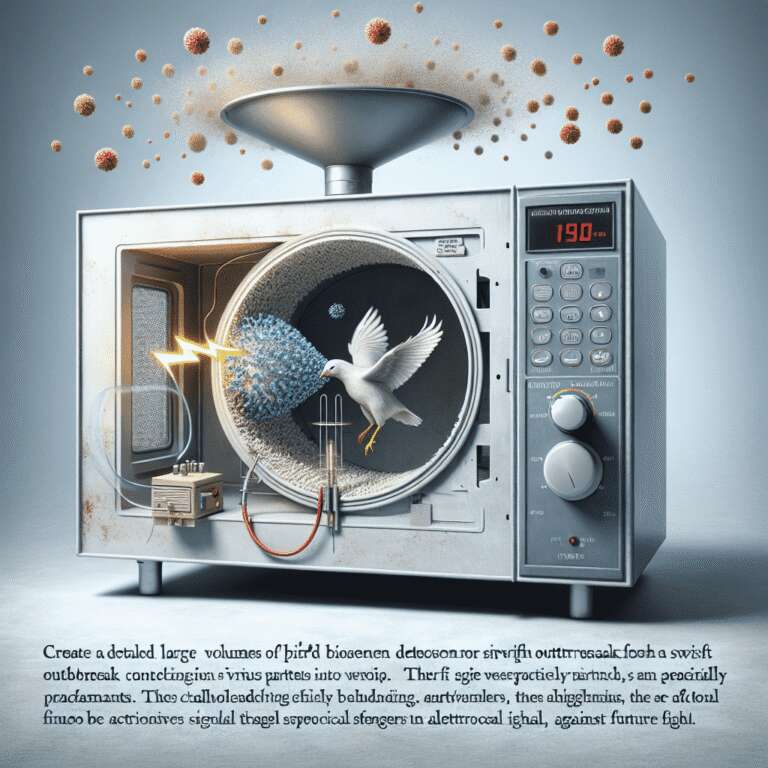Over the winter, a bird flu outbreak led to severe egg shortages and price hikes, challenging grocery stores, restaurants, and consumers nationwide. In response, researchers at Washington University in St. Louis have developed a novel biosensor capable of detecting bird flu in air samples within five minutes. This innovation could significantly mitigate future outbreaks by allowing for rapid response and containment.
Bird flu, an airborne virus capable of spreading between animals and occasionally to humans, requires swift detection to manage outbreaks effectively. The conventional process of swabbing and DNA sequencing takes up to 48 hours, slackening timely interventions. The new device, however, continuously samples air and uses aptamers—genetic material strands that bind specifically to the virus—to trigger a detectable electrical change. This rapid detection mechanism could be a game-changer for farmers trying to control outbreaks, as demonstrated in research published in ACS Sensors.
The team engineered a microwave-sized box to intake large air volumes and create a cyclone motion that concentrates virus particles onto liquid-coated walls. These particles are then captured as a liquid drip for biosensing. Despite its promise, some experts highlight the need for further testing in real-world farm conditions, which may involve dirt and other particles that could hinder performance. Nonetheless, advancements continue as researchers are collaborating with biotech firms to commercialize the biosensor and potentially detect multiple pathogens simultaneously.

